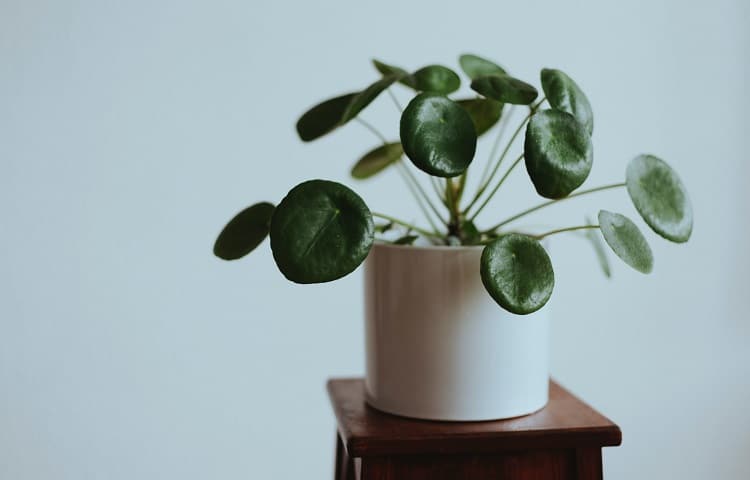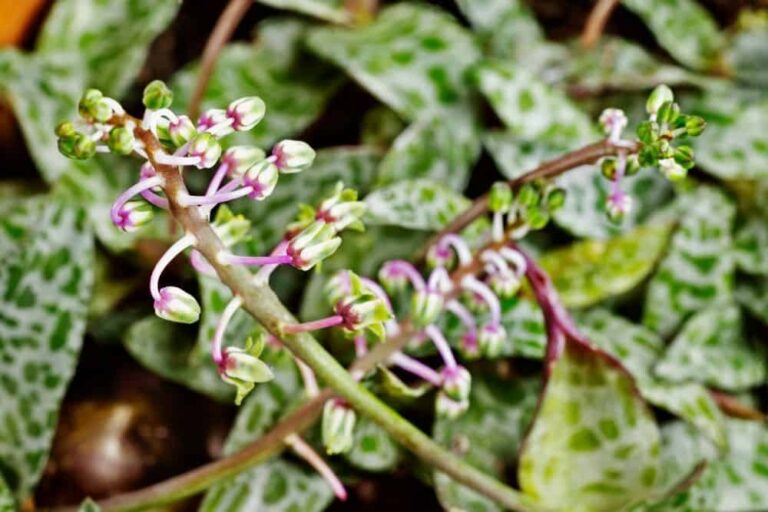Growing and Maintaining Your Parlor Palm
The parlor palm adds a charming beachfront feel to any indoor area, growing well in indirect sunlight and in cooler temperatures. It’s easy to grow a young parlor palm to maturity in your home as long as you make sure to give your plant the water and humidity that it needs. While this plant isn’t particularly demanding, it does require regular upkeep each year to promote healthy growth and prevent your palm from losing its perk.
What is a Parlor Palm?
Chamaedorea elegans, often labeled as Neanthe bella in nurseries, originates from Mexico and is one of the smaller species of the palm family. Its compact stature makes it well adapted to life in a potted, indoor environment. This variety of palm fits well in most living spaces and adds a touch of class to any environment. Known commonly as the parlor palm, Chamaedorea elegans has been a popular houseplant since the Victorian era.
The parlor palm can range in size, reaching over three feet in height when grown under optimal conditions. The plant takes a few years to develop fully, but a mature palm can live for generations when looked after properly. The parlor palm grows slightly faster when given more access to sunlight.
The palm’s fronds are thin and graceful, growing out in emerald green arches that are able to support their own weight. Palms are often grown in clumps and clusters for aesthetic purposes. If you provide your plant with ideal growing conditions, you may get lucky and see branching yellow flowers appear once the palm hits maturity. Seeds from flowers are rarely fertile, so don’t bother trying to save or plant them.
The parlor palm not only makes an attractive addition to your home, but it can also help to purify the air around you. According to NASA studies, parlor palms are able to remove potentially harmful pollutants from the air, making your home safer for you and your family.
Care Tips for Parlor Palms
The parlor palm is relatively easy to grow, which makes it a good plant for new or inexperienced gardeners. The plant thrives in indoor environments can to tolerate harsh conditions, including low light levels and cold temperatures. The parlor palm doesn’t need frequent watering either, making it fairly resistant to neglect.
If you want to grow a young parlor palm, you can either germinate a plant from seed or buy a plant at a nursery. It’s possible to propagate a parlor palm by splitting it at the root, but this can be traumatic for the plant. It’s better to grow the plant from seed, but this can be a difficult and time-consuming process for inexperienced gardeners. The easiest route for most homeowners is to buy a young, healthy palm grown from seed by a gardening store or nursery. Parlor palms tend to be relatively cheap, and considering their longevity, the initial price of the plant is often negligible.
In the spring, you can replant your parlor palm as needed into increasingly bigger pots. You should repot only when necessary. This plant has a weak root system and doesn’t like to be disturbed too much, so you should aim to keep the handling to a minimum. Only transfer plants when their roots have completely filled their current container.
When repotting, make sure to use a container enough holes drilled into the bottom. You should also choose a decent potting mix that allows for adequate drainage. The parlor palm isn’t picky, but the plant’s roots must have proper drainage in order to grow. Hannah Blanc goes over how to properly pot a parlor palm.
Once your plant is established and comfortable in its new home, you need to give it the right environment to promote healthy growth. While the parlor palm is relatively versatile, there are certain conditions that you can create to encourage and enhance the development of your plant.
- Keep the palm at an average room temperature of around 65°F for optimal growth.
- Don’t keep your plant at temperatures under 50°F for too long.
- The parlor palm enjoys moderate, indirect light, but it can also grow in rooms with low light levels.
- During the plant’s growing season in the spring, summer, and fall, feed your plant once every two weeks with a diluted liquid plant fertilizer to ensure that there are enough nutrients in the soil.
- The parlor palm likes a little bit of humidity in the air, and misting with water on a regular basis can improve your plant’s overall health.
- Water your plant when the soil begins to dry, being careful not to overwater.
- When in brighter light, your plant will require more water, while it will require less water in lower lighting.
- Reduce watering to a minimum in the winter, when your plant slows its growth.
You can learn more about growing parlor palms indoors from the experts at rifgarden.
Potential Problems for Your Parlor Palm
Without the right care and proper growing conditions, the parlor palm can start to lose its good looks. There are a few common mistakes that homeowners tend to make when growing parlor palms that can lead to unhealthy leaves and stunted growth.
Fronds browning
The browning of leaves occurs naturally over time with all plants, including the parlor palm. Dead fronds should be carefully removed not only to keep the plant looking its best, but also to prevent rotting and infection.
Browning at the tips of your plant’s leaves may be a sign of underwatering or low humidity levels, or it could be the result of stress from cold drafts. Completely brown leaves may mean that your plant is rotting due to overwatering.
Yellow Fronds
Too much direct light can sear the leaves of your parlor palm, essentially sunburning the plant over time. Yellowing palm fronds are often a sign of sun damage, but yellowing can also indicate underwatering. If this is the case, you can try increasing your irrigation schedule, but be careful not to swing in the opposite direction and overwater your plant.
Insects
Scale insects, mealybugs, and red spider mites can be attracted to dry or underwatered parlor palms. Misting not only helps to keep the air around your plant humid, but also cleans the leaves and prevents bug infestations. You may be able to wash insects off with water, but insecticide is often be required for severe infestations.
You may also read our article about Blue Plumbago.
Photo by Forest and Kim Starr licensed under CC By 2.0



